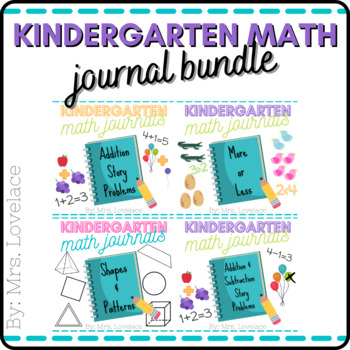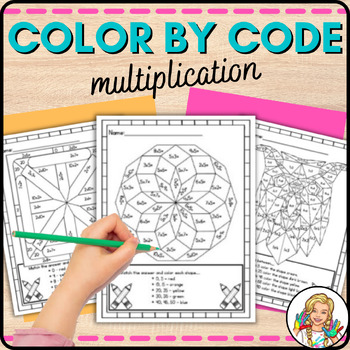Asking Questions
There are two different points at which we have students ask questions with graphing. Firstly, our students ask questions in order to collect data that they can then turn into a graph. While it may seem obvious to us that only some questions will lead to valid data for a graph, it isn't so obvious to our students. While we certainly don't want to crush their natural curiosity, students need to know that when it comes to graphs, only some questions are useful.
Common mistakes at this point of the graphing journey include:
- Asking too many questions
- Asking open-ended questions
- Asking questions that are too complex
- Giving too many options
- Not giving enough options
- Not giving the right options
Secondly, our students ask questions about graphs at the other end of the graphing journey, in order to analyse the information they contain. The kinds of questions they might ask could include:
- What is most popular?
- What is least popular?
- Combining questions (e.g. Which two options have the same value?)
- Pattern questions (e.g. looking for trends)
- Comparison questions (e.g. How many more people chose 'x' than 'y'?)
Let's look at a simple graph about pet ownership.
Where do our students go wrong in analysing a graph like this?
- They ask questions to find information that cannot be known for sure (e.g. The question 'How many students are in the class?' cannot be answered by this graph. We would be making an assumption that each student has only one pet if we said 32. We also don't know whether everyone in the class has a pet - were the non-pet owners excluded from this graph?)
- They ask philosophical questions (e.g. Why are there more rats and mice than any other pet? Although we could make an educated guess that people usually have more than one of these pets at a time or that they reproduce at a fast rate, we cannot honestly say that this information is stated in the graph itself.)
- They forget about what has been excluded from the graph (e.g. Looking at this graph, one might say that rats and mice are the most owned pet in the class, but if 12 people have horses, horses would be the most owned pet. They just weren't included as an option.)
We need our students to understand that graphs are limited in their scope. This is an important critical literacy skill to develop, as graphs are part of our everyday experience. Advertisers use graphs and data to sell us things, and if we don't have the critical literacy skills to not only read the information in a graph, but also to consider its source and what has been excluded, the proverbial wool may be pulled over our eyes. Giving our students real examples of graphs (including poorly-constructed and biased graphs) from different sources will help them to develop this vital skill.
Graphing Conventions
The other aspect of graphing that can cause some trouble is in graphing conventions. I must admit, I'm a bit of a stickler for neat, ordered work in Math, as I find that sloppy work often leads to errors. When it comes to graphs in particular, there are some non-negotiable inclusions that add to our understanding of the graphs we read. These are:
- a title (How can we know what the graph is about without a title?)
- labels on each axis (Labels let us know what is being measured in a graph.)
- a key (A key lets us know what is being graphed and, in the case of some graphs, lets us know the value of each segment.)
If any of these elements are missing, it is impossible to determine exactly what has been graphed. And, let's face it, precision is important in Math!
A Freebie!
Help is at hand if your students are struggling with their graphing conventions (or if you wish to reinforce their understanding of these conventions). I have designed a little poster to remind students of what they need to do when they create their own graphs. You can get it here.
You might also be interested in my 'Roll, Tally Graph' game, which allows students to collect data in a fun way, then graph up a storm! I'll be marking the price of this resource down for the next few days, so be sure to check it out!
That's it from me for now. I'll be back next month to talk Math with you once more. In the meantime, drop by the Little Green blog for more ideas and resources.






